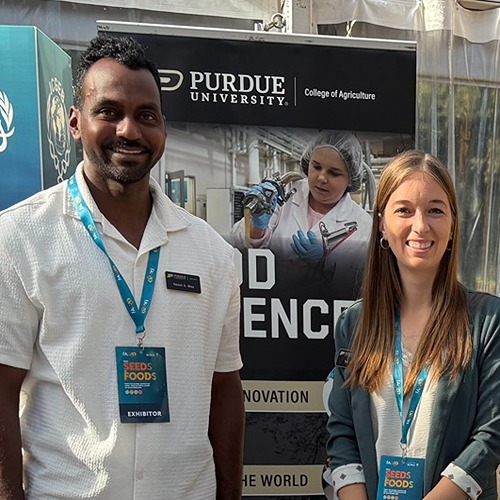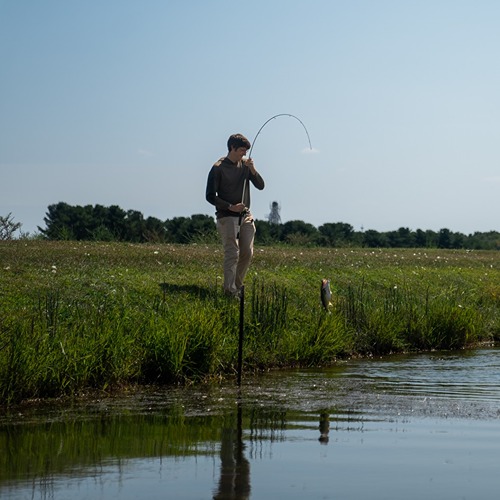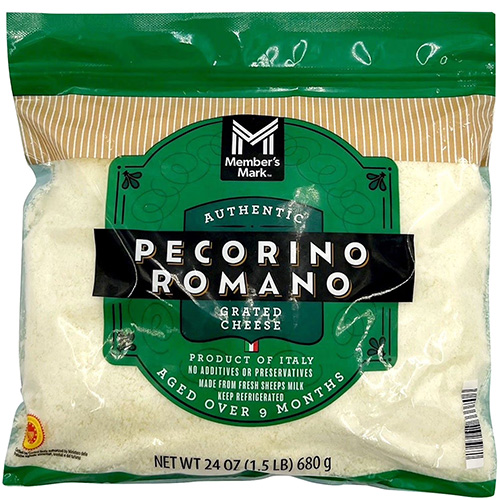Going pumpkin picking? Explore the many faces of fall's iconic fruit
Originating over 9,000 years ago in the Americas, pumpkins have grown to be a symbol of the fall season with 150 varieties cultivated across the world, varying in size, color and texture.
Pumpkins fall into the genus Cucurbita, belonging to the squash family. However, what distinguishes a pumpkin from a squash can be very complex.
Stephen Meyers, assistant professor of horticulture and landscape architecture, explains there are three main Cucurbita species often referred to as pumpkins: C. pepo, C. maxima and C. moschata. Most pumpkin varieties can be sorted into these categories based on their intended use, with several varieties of commonly known squash placing within these species as well.
Carving pumpkins, including the well-known jack-o'-lantern, are part of the Cucurbita pepo group. Despite the vast difference in appearance to their round and orange relatives, zucchini and summer squash also belong to the C. pepo group.
“A lot of what we call pumpkins are in this genus, but it’s really complex,” Meyers said. “Botanically pumpkins are fruit, but horticulturally they are a vegetable.”
Cucurbita maxima are famous for their massive growth potential and varying appearance. While these pumpkins can be grown to weigh thousands of pounds, they share a close relative with the Japanese kabocha squash; a small, green fruit with a texture and flavor like a sweet potato.
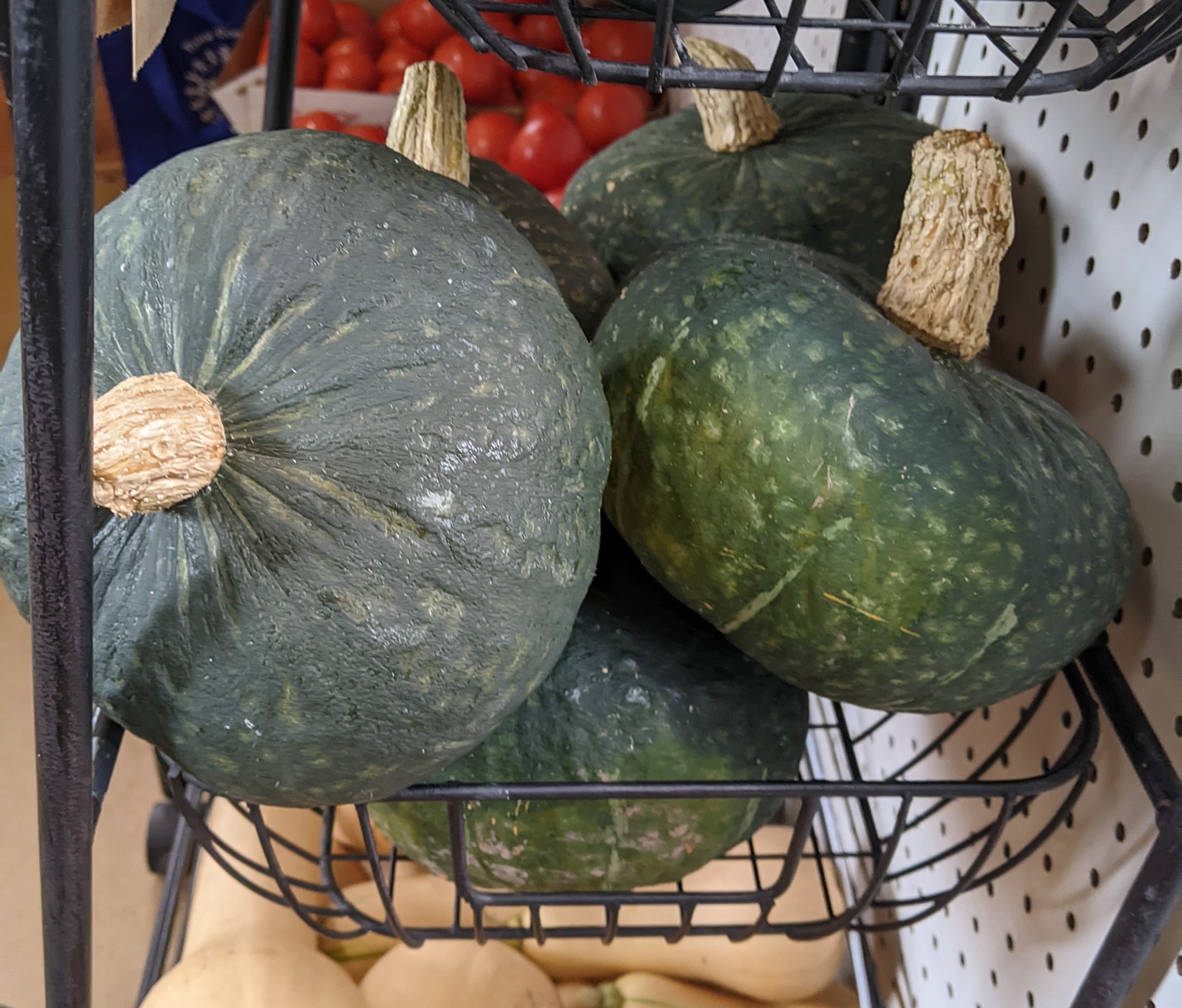 Freshly picked kabocha squash wait to be purchased. Photo provided by Stephen Meyers
Freshly picked kabocha squash wait to be purchased. Photo provided by Stephen Meyers When it comes to the culinary uses of pumpkins, Meyers says the shining star is the Cucurbita moschata.
“The pumpkins we buy in a can are typically a C. moschata, and they hardly look like the pumpkins we pick in a patch each year for carving,” Meyers said. “These are more along the lines of a winter squash.”
If differentiating between a pumpkin and a squash wasn’t difficult enough, Meyers said categorizing some pumpkins into a specific variety can be even more confusing, considering some can also be labeled as a soft-skinned gourd. One key trait that brings this fruit-vegetable together, he explains, is that all pumpkins are edible, even if people don’t gravitate to their texture.
“Some of that pickiness in the pumpkins we eat is cultural. We don’t like to eat jack-o'-lantern pumpkins because they tend to have a grainy texture,” Meyers said. “But there are some varieties that are primarily purchased for decorative purposes despite being the best-tasting ones.”
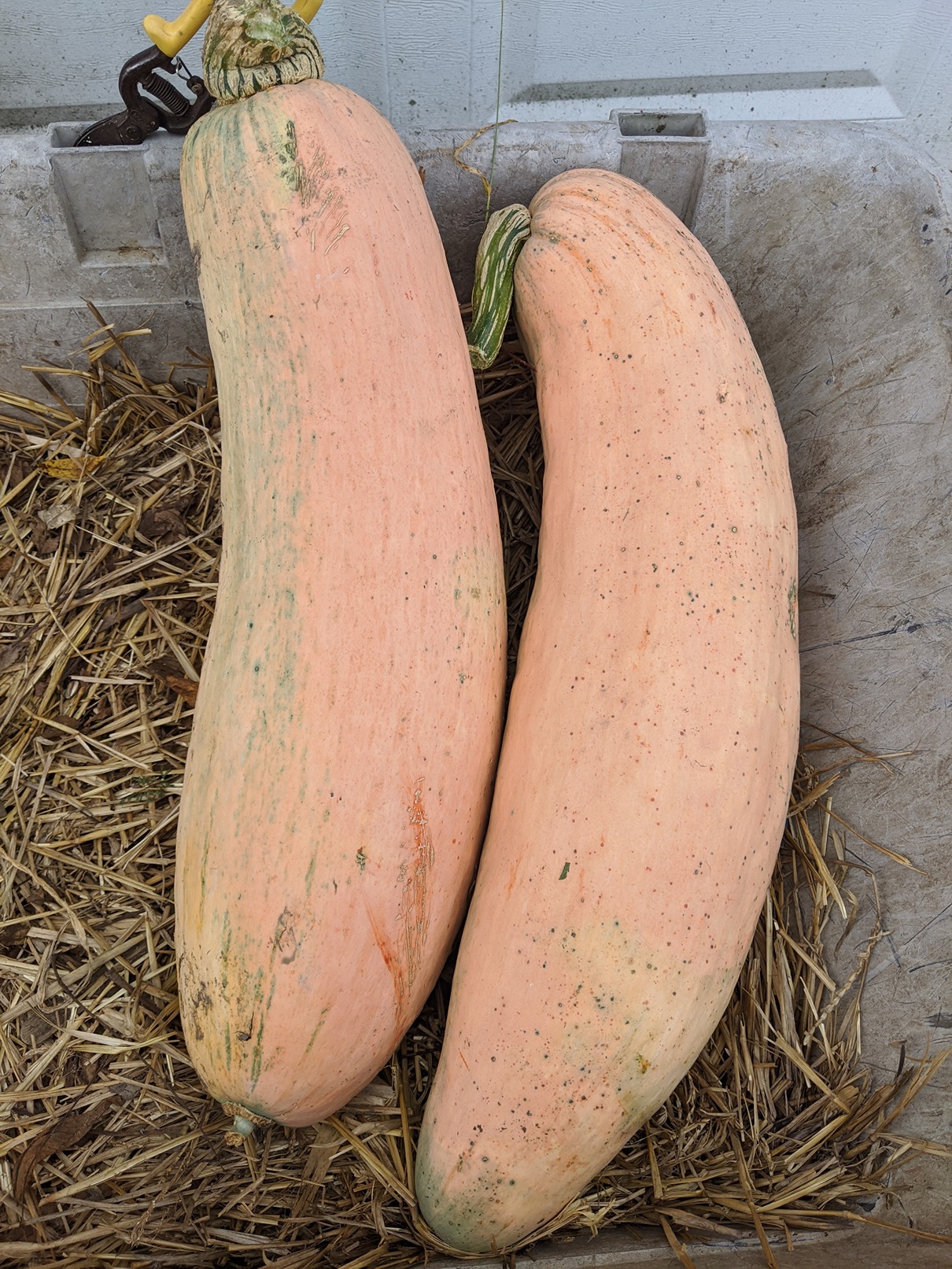 A pair of banana squash wait to be a decorative piece or the star of a dish. Photo provided by Stephen Meyers
A pair of banana squash wait to be a decorative piece or the star of a dish. Photo provided by Stephen Meyers One of the best varieties for preparing pies and soups is the Jarrahdale pumpkin, a round and stout blue pumpkin originating from Jarrahdale, Australia. While that variety is one Meyers uses to bake pumpkin bread, he looks to a variety of squash for baking pies.
“The banana squash, or the Georgia Candy Roaster as it’s sometimes called, is what my wife’s family seeks out for making pumpkin pie,” he said. “We call it a squash pie, since we’re using a banana squash to make it, but people can get really weirded out when you tell them you’ve made a squash pie, so I tend to just say it’s pumpkin, and no one ever knows the difference.”
More than one hundred million pounds of pumpkins are picked each year in Indiana, according to the United States Department of Agriculture, with over 6,500 acres in the state devoted to growing pumpkins. Whether you’re searching for a warty jack-o'-lantern for your front porch or the best option for baked goods, Indiana is one of the best places to find it.
“If you look at fresh market production, where people buy the whole pumpkin, Indiana is typically in the running each year for the number one state, while our neighboring state in Illinois is number one for canned pumpkin production,” Meyers said. “What varieties are popular in pumpkin patches seem to change each year, but the experience of picking them directly from a grower is unmatched, making it a really strong tradition. We’re lucky to have so many farms offering those kinds of opportunities.”
